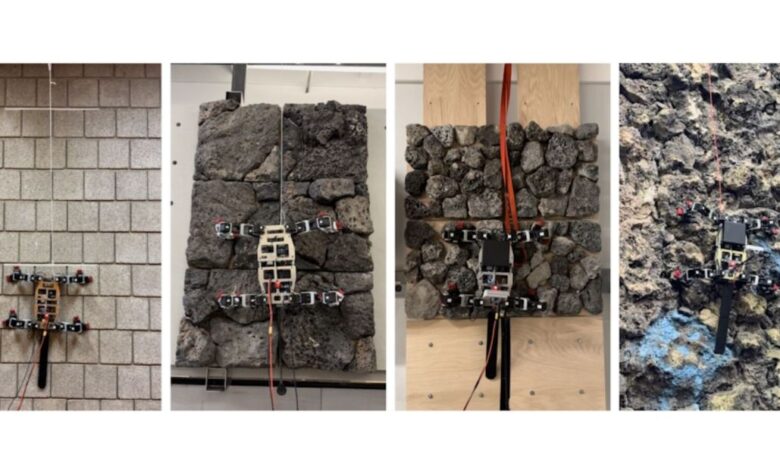This little robot could one day explore the furthest reaches of other planets

Researchers in the US are working on a lightweight robot designed to explore extreme terrain, including the next celestial bodies to be studied by humans.
The Loris robot (for “Lightweight Observation Robot for Irregular Slopes”) has been designed to explore terrain that conventional rovers and astronauts will not naturally be able to reach when they go to the Moon, Mars or other celestial bodies. It is the work of researchers at the Robotics Institute, a division of the School of Computer Science at Carnegie Mellon University in Pittsburgh, Pennsylvania.
It stands out for its ability to climb vertical and irregular surfaces, thanks in particular to its multiple small claws. Loris is, in fact, a small quadruped robot equipped with three joints per leg, enabling it to adapt its grips and grasp firmly on particularly irregular terrain.
At the tip, its pincers use tiny spines to attach themselves to rough surfaces, like hooks. So, in theory, it can scale a multitude of surfaces. It has already been successfully tested on cinder block, vesicular basalt, slag and tufa surfaces.
The idea is to one day make it a tool for exploring extreme and inaccessible terrain, such as cliffs, caves and crevasses. This research, still in progress, is already supported by the US space agency, Nasa. – AFP Relaxnews



